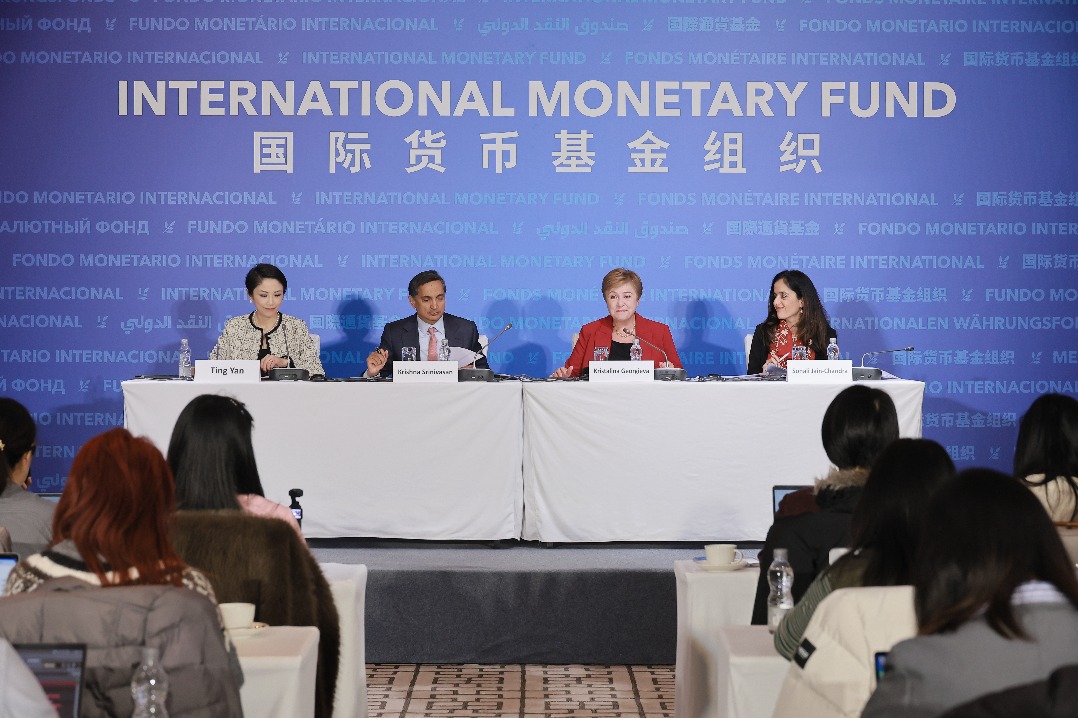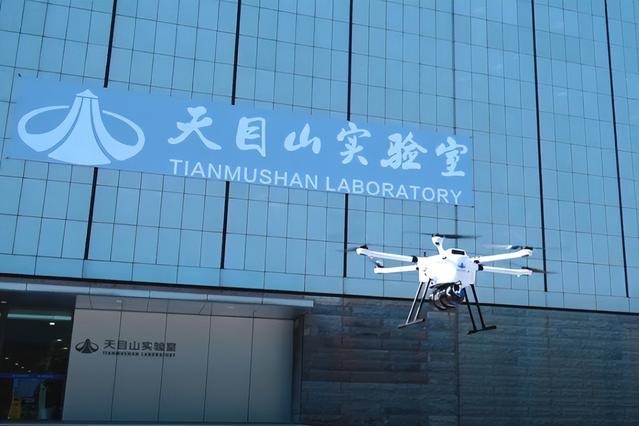Intel to cut workforce amid trade restrictions

US chipmaker Intel, citing "geopolitical and trade tensions", saw its second-quarter business drop in China and overall while announcing a major workforce reduction to reduce operating expenses.
"Our Q2 2024 revenue was unfavorably impacted by the revocation of certain licenses for exports of consumer-related items to a customer in China," the company said in its 10-Q filing on Thursday with the US Securities and Exchange Commission.
Among the business risks the company cited in the forward-looking statements section of the report were "macroeconomic conditions and geopolitical tensions and conflicts, including geopolitical and trade tensions between the US and China".
The Silicon Valley company, in Thursday's earnings release, said that it will lay off more than 15 percent of its workforce, which amounts to about 17,500 employees, by year-end and suspend its dividend. Intel's quarterly revenue was $12.8 billion, down 1 percent year-over-year.
Intel also has been picked to receive billions of dollars in federal government subsidies under the 2022 CHIPS and Science Act, which is aimed at competing with China.
Competing in AI
The company has struggled to compete in artificial intelligence, while other US chipmakers Nvidia and AMD have done well. Intel's lagging position in the market for AI chips has contributed to its shares falling more than 40 percent this year, Reuters reported.
"Share loss and structural shift from traditional CPU-centric compute to AI-accelerated continues to weigh on Intel," wrote Oppenheimer analyst Rick Schafer, reported Barron's.
Intel is in the middle of a turnaround plan aimed at developing advanced AI processors and expanding its for-hire manufacturing as it looks to compete with Taiwan Semiconductor Manufacturing, or TSCM, the largest contract chipmaker in the world.
"Our revenues have not grown as expected — and we've yet to fully benefit from powerful trends, like AI. Our costs are too high, our margins are too low," CEO Pat Gelsinger said in a memo to staff on Thursday.
In July 2023, at the Aspen Security Forum, Gelsinger noted that China represents 25 to 30 percent of semiconductor exports.
"If I have 25 to 30 percent less market, I need to build less factories," Gelsinger said. "You can't walk away from 25 to 30 percent and the fastest-growing market in the world and expect that you (continue) funding the (research and development) and the manufacturing cycle that we've released."
CFO David Zinsner said on an earnings call on Thursday that the chipmaker expects weaker consumer and enterprise spending in the current quarter, especially in China.
Intel shares closed at $20.11 on Monday in Nasdaq trading, down 6.38 percent.
The White House, in an Aug 9, 2022, "fact sheet", said that the CHIPS and Science Act would provide $52.7 billion for US semiconductor research, development, manufacturing and workforce development.
In addition to the CHIPS Act, the US also has restricted exports by US tech companies to China.
Export licenses that were revoked in May also hurt Intel's business in China in the second quarter, Zinsner said.
Agencies contributed to this story.
Today's Top News
- Xi sends congratulatory letter to forum dedicated to the International Year of Peace and Trust in Turkmenistan
- China to host 33rd APEC Economic Leaders' Meeting in Nov
- Strengthening domestic demand central to China's new five-year plan
- China's grain output tops 714 million tons in 2025
- China proposes theme, priorities for 2026 APEC 'China Year'
- Reforming consumption rules to fully unlock spending






























